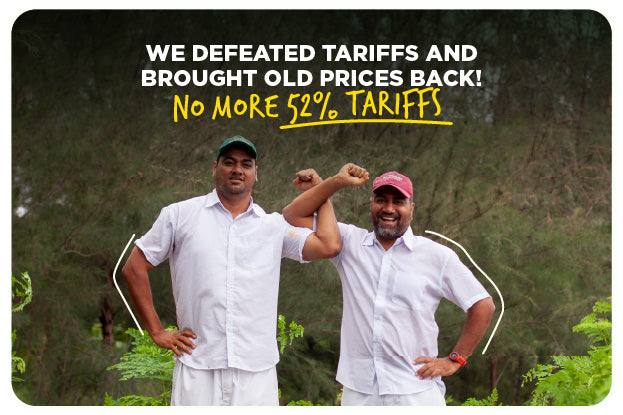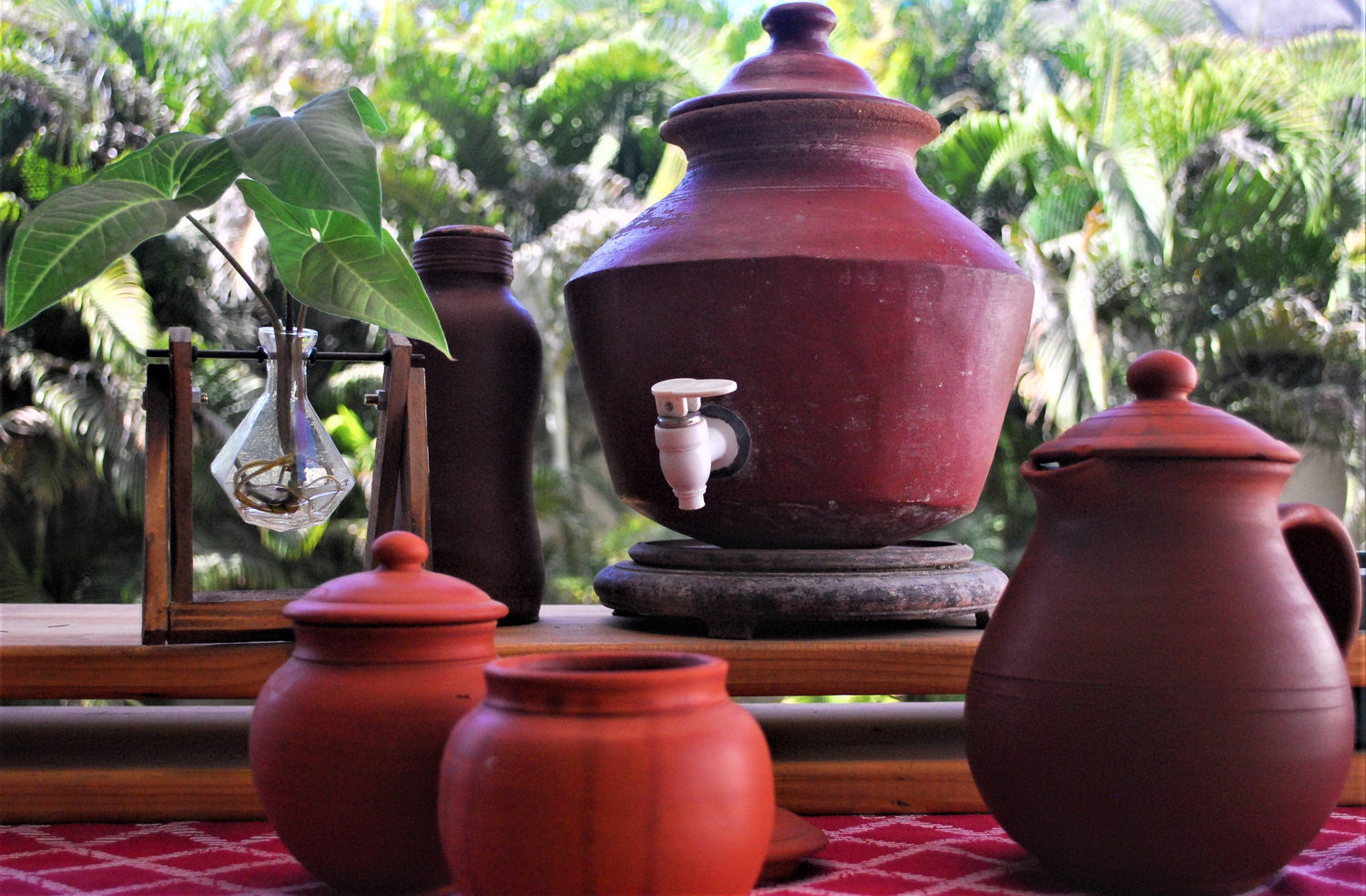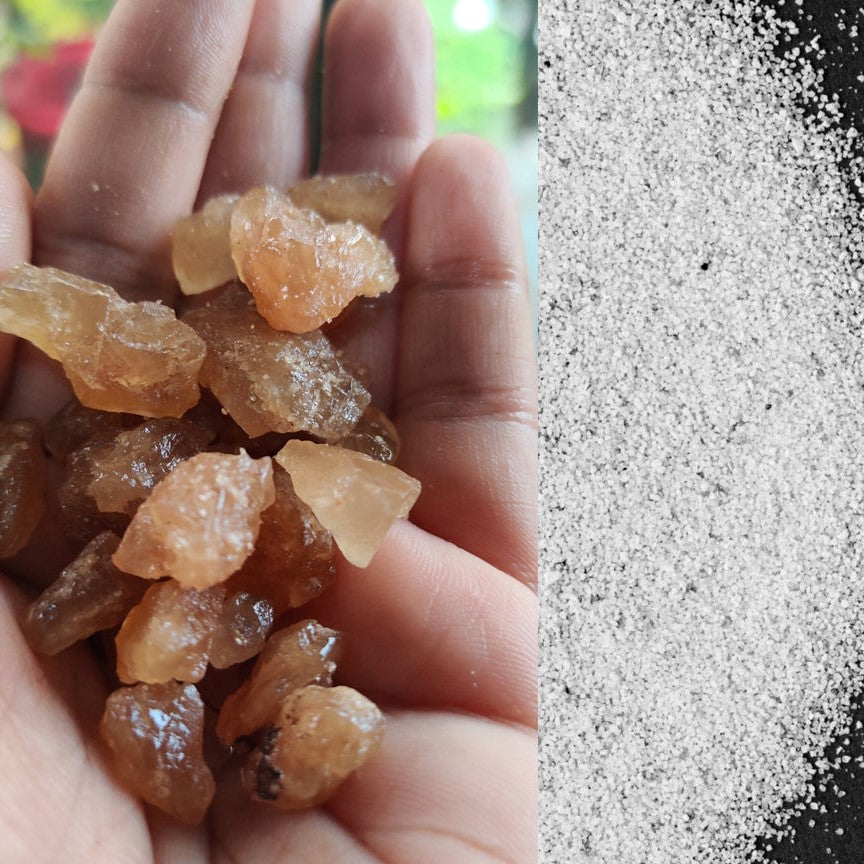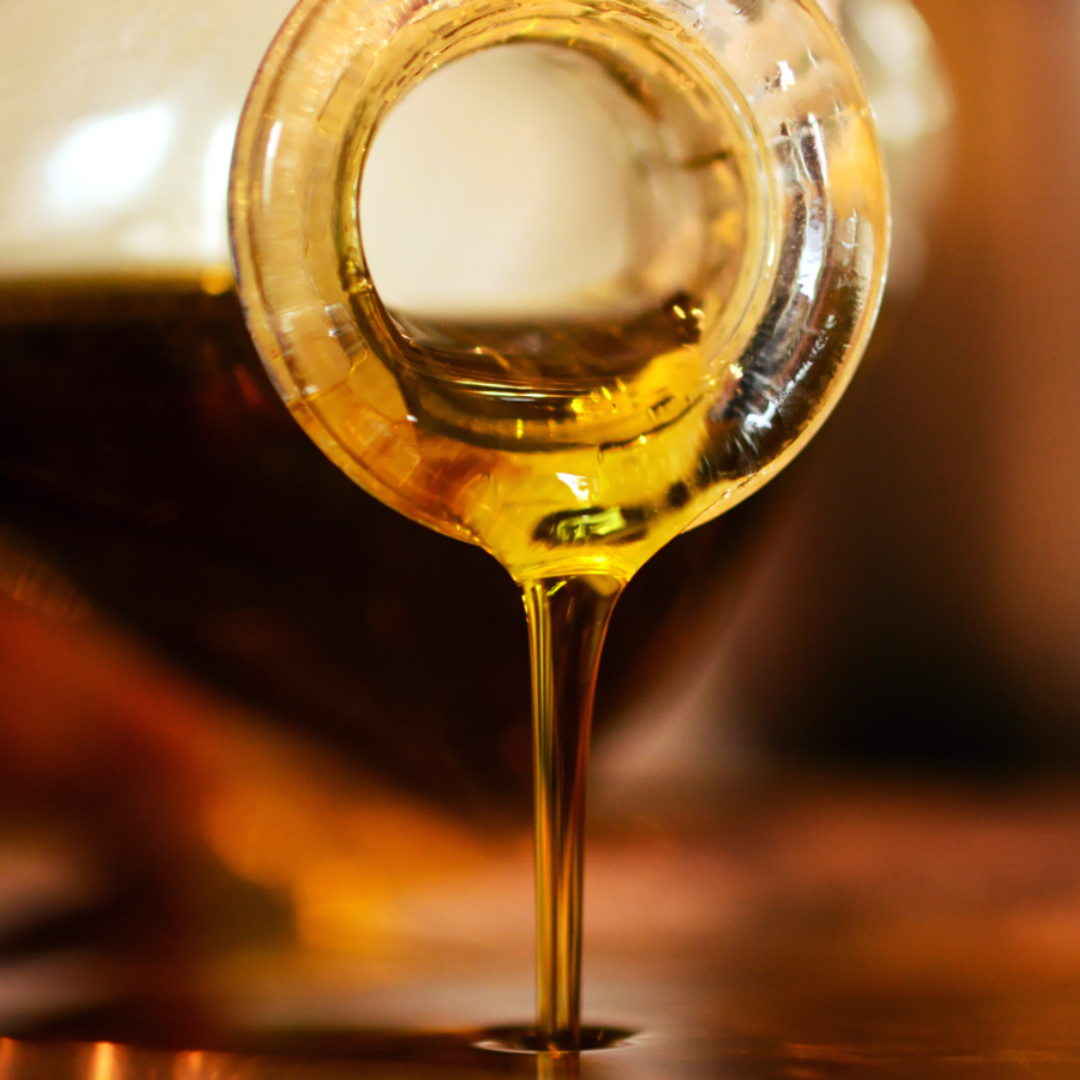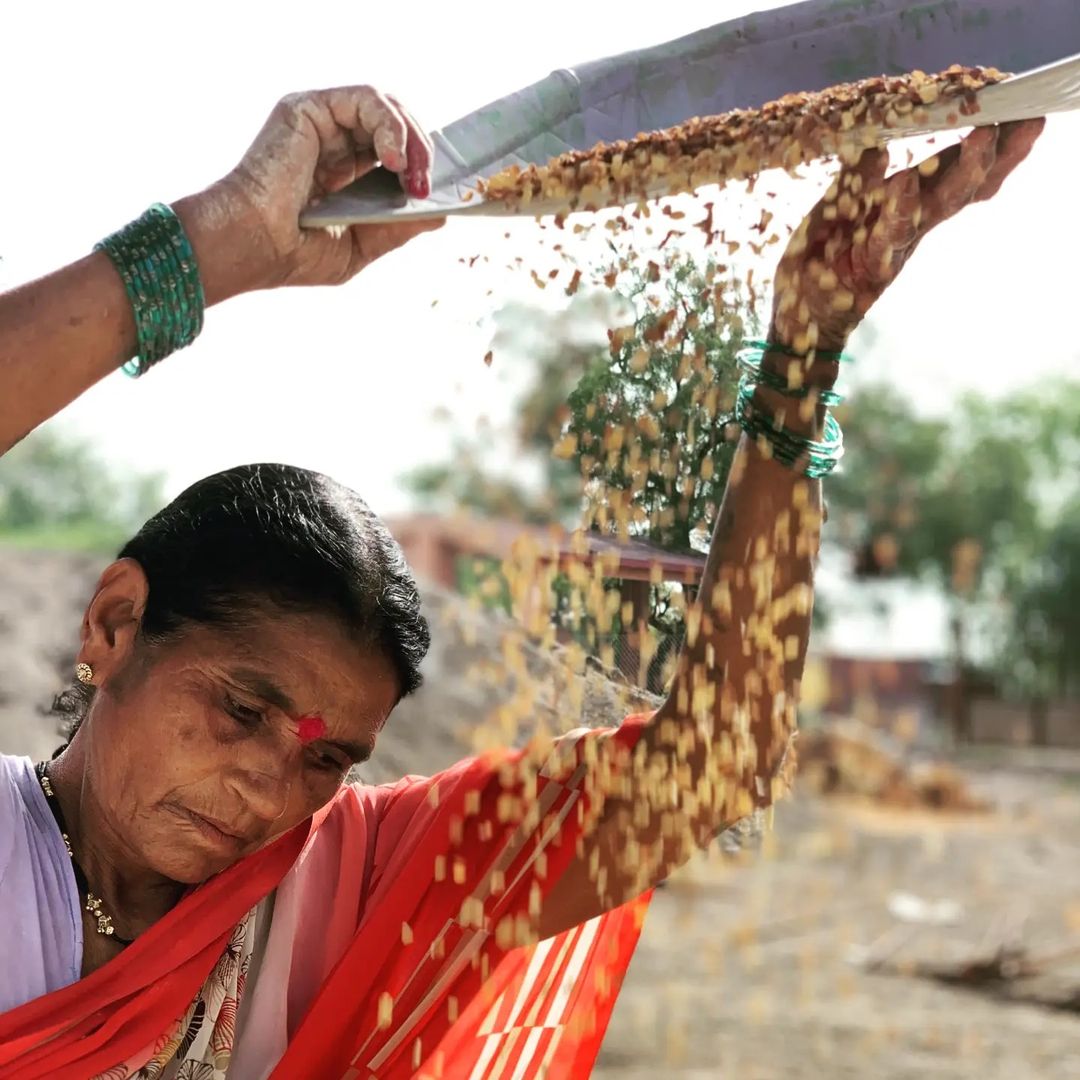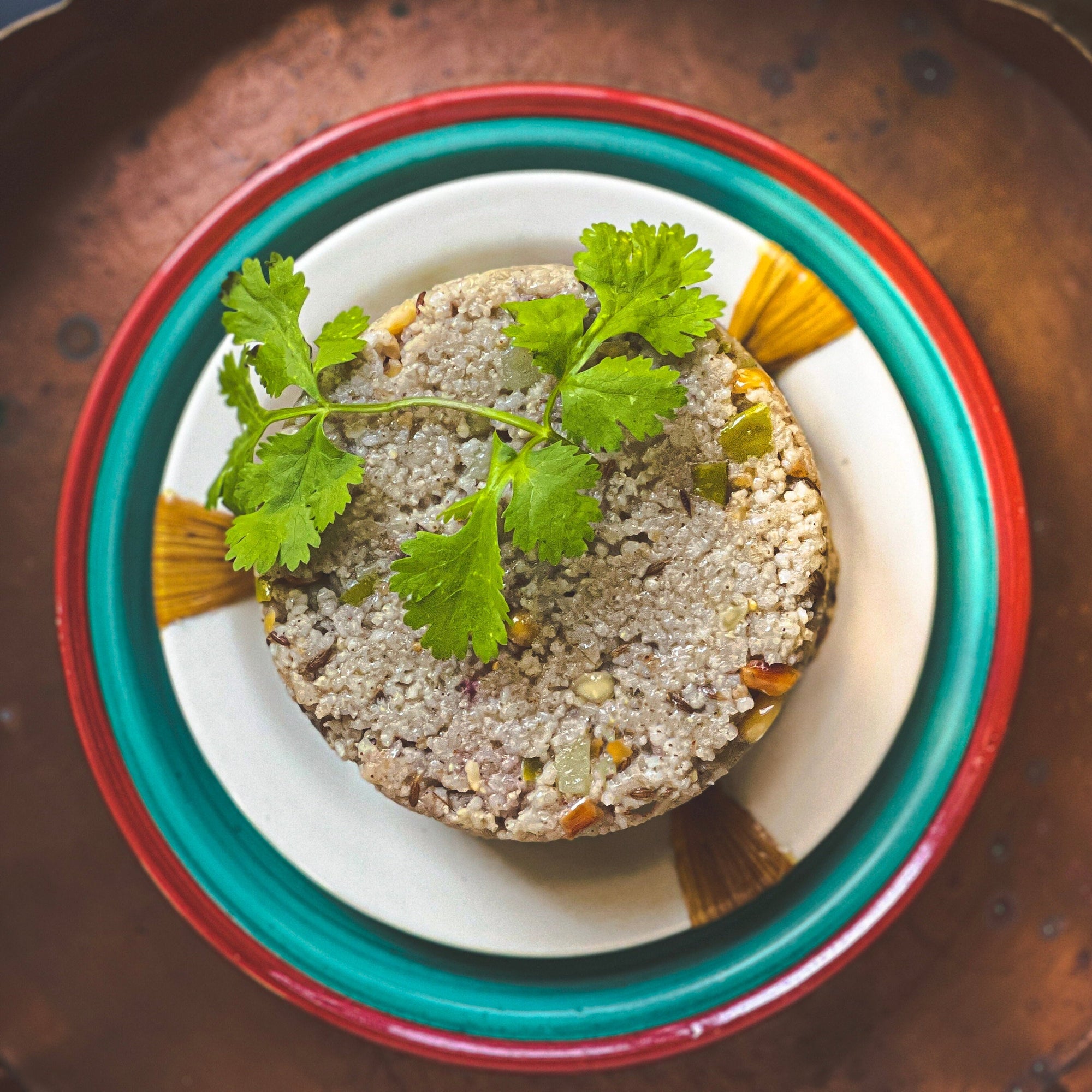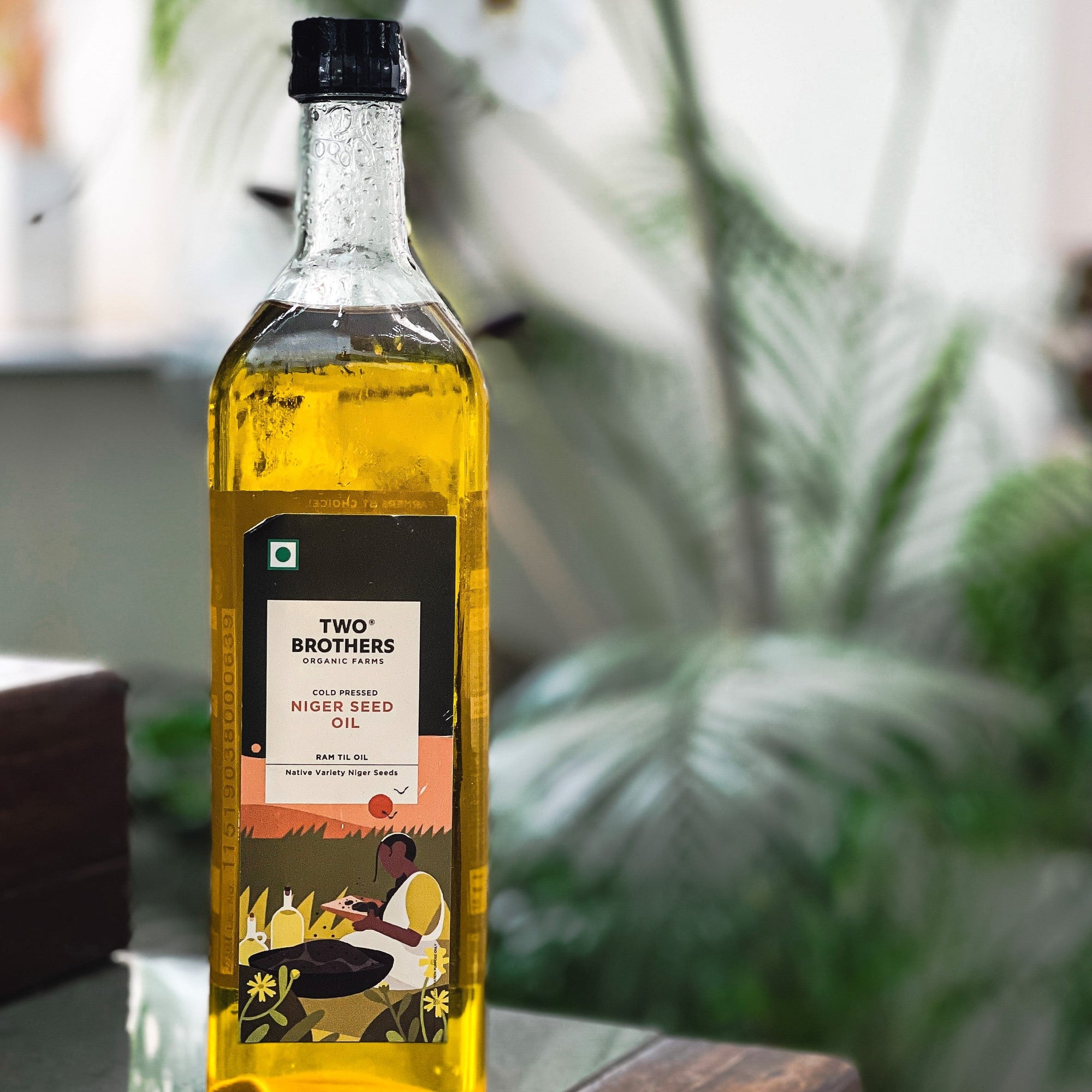Do you think that cooking healthy meals was exclusively dependent on the choice of ingredients used?
When we look at the cache of recipes inherited from our ancestors there will undoubtedly be a mention of the type of vessel used to make a particular dish. As modernity crept into our lives and food habits began to meander away from our community centered and geographical diets, traditional cookware gave way to more convenient cooking utensils.
The grinding stone, mortar and pestle, stone mill and wood press among many other gave way to electric grinders, mixers, food processors and choppers. What we failed to realize was that, while these may get the job done the quality of the ingredients began to wane with the heat generated from using these appliances. Lifestyles became more sedentary leading to health irregularities and emergence of specialty hospitals. The alarming trend caused by a change in the way of living did not make that connect with the kind of cookware which had come to occupy a pride of place in our kitchens.
It is heart wrenching to find hand chiseled grinding stones abandoned by the roadside or the large ural ulakkai (Tamil) also known as rolu rokkalu (Telugu) up for sale at antique stores. These drum like bases with a hollow came with a long wooden pole which would be lifted and pushed into the opening in a specific rhythm which did the job of either de-husking the grain or powdering the sesame seed or anything else that was required. Today it is difficult to find artisans to make these traditional pieces because they have moved on to more lucrative professions.
When we enter a cookware shop today, things are a little better than what they were a decade ago. Among the gleaming array of steel , stainless steel and aluminium , they do also keep stock of bronze, copper cookware as well as the almost forgotten Chettinad ceramic jaadi. This is because people are starting to make that shift back to utensils which they remember seeing in their parents’ or grandparents’ homes.
They want to revisit the taste of the dishes of their past. The cream and ochre pickle jars for instance are rough on the inside and have a ceramic glaze on the outer. What this does is ,any excess moisture on the inside is drawn in through the rough porous surface, away from the pickled ingredients, sun dried tamarind etc The sealed exterior prevents any moisture from getting and just like that it held a year’s worth of ingredients. No refrigeration necessary at all.
However, the odd copper pot to hold water or a brass davara for that morning fix of piping hot filter coffee is making its way back. The fact that it also makes for wonderfully aesthetic pictures for social media posts is an added bonus!

The aroma of a kerala fish curry is truly evident when made in that special earthenware pot. A shallow pot with a slight curve at the mouth to resemble an urali, it distributes heat evenly and is known to keep the curry warm for a longer period of time.The elders even swear that it can be kept overnight without refrigeration because of the natural properties present in the mud used to make the clay pot and the addition of kodampulli as a preservative in the curry.
Mud or clay pots are of so many kinds - they vary in shape and colour from one region to the next. When you talk to the people involved in making these terracotta utensils they will talk about the soil of Madurai being different from the soil in Pondicherry. The colours will vary from a pale brown to a deeper red. What this means is that the mineral content or the ratio of metals and minerals will vary depending on the area it is from. When food is cooked in these vessels, traces of these essential minerals are absorbed into the food and benefit the human body. We never heard of our Aajji, naani, daada, kollu, thatha, patti, avva taking mineral or vitamin supplements did we? And yet they displayed such robust health; glistening skin, rosy cheek, a 1000 watt smile and all!

When we cook more often using the vessels made with natural materials, by artisans, closer to our homes, the body is said to be more receptive to absorbing those nutrients from the food that is cooked in them.
Kal chatti or soap stone utensils made in the South of India need to be seasoned with rice water for several days before being placed on heat. The starch and nutrients from the rice water helps in sealing the porous pockets naturally found in the soft stone and renders it safe for cooking.
Another kind of stone pottery called Black stone pottery (in common parlance) comes from the State of Manipur. Thanks to the initiatives taken to uplift the craft of the North Eastern States, the Longpi pottery is available at stores and craft exhibitions throughout the country.

Made from weathered and serpentinite these rocks collected from the banks of the Longpi river are transported by mules or on the backs of women back to the village. These are powdered, mixed with water to form a clay and then baked in a furnace. After it is ready a natural dye of the Kuhi leaf is used to give the vessels that beautiful black colour. These can be used in the oven or on the hob and develop a natural sheen with prolonged use.
The reason the beautiful stone and terracotta cookware was abandoned in favour of the pressure cooker or teflon pan was because they required careful handling and were prone to breakages. Storing these also had to be done with care due to the fragility of the natural material.
A well made stainless steel vessel of high grade stainless steel is touted to be completely safe for cooking but a lesser grade one can leech metals like chromium and nickel into the food. While traces of chromium may not be harmful, nickel is a definite no no . Either way there are no known dietary benefits from using stainless steel for cooking.
Truth be told a traditional Indian kitchen back in the day consisted of cookware made of all kinds of natural material. While wood, stone, clay and cast iron took predominance in the kitchen, the dining table witnessed dishes made of of copper, silver and even gold. The reason that we receive the theerth (holy water) at temples from small vessels made primarily of copper or silver is because they react immediately to toxins. Also they have antibacterial properties which is said to nullify the prevalence of germs.
Then there were special utensils like the eeyam chombu made in Kumbakonam. One vessel takes days to make by hand and the surface bears the marks of hand beaten metal. It is a thick walled, U shaped vessel which is used only to make the much loved South Indian Rasam. The technical word is Velli Eeyam but since it began to be known as Eeyam, the new age health pundits touted a wrong notion that it was made with lead and caused families to abandon the vessel in alarm.

In reality it contains no lead and is made out of tin and a combination of five other metals. Eeyam chombu makers are taught the craft that is closely guarded and passed on from one generation to the next. It keeps the tempered liquid contents inside piping hot and must be handled with care. The asafoetida, tamarind, when mixed with other ingredients like tomatoes, coriander, curry leaves, ginger ,garlic ,onion etc and boiled in the Eeyam chombu is believed to be highly beneficial for the daily diet. The Tam Brahm community swears by this and the Eeyam chombu in some homes are treasured hand me downs. This unique vessel has a high retail value and is now available at shops selling steel kitchen supplies.
Someone who is used to cooking with cast iron will be reluctant to cook with anything else. Manufacturing high quality cast iron involves ferreting out iron ore and melting it before being cast in molds.
Cast iron is different from iron vessels where iron sheets are cut to a specific shape and made into pans. Cast iron is prone to breakages and needs to be seasoned whereas iron does not . It is found that cast iron allows for greater absorption of iron into the food. A well used cast iron pan is a kitchen treasure. When it is properly cared for after every single use, it develops a natural non-stick coating which improves with age. When we use a cast iron skillet to cook native greens or seasonal vegetables the benefits are multi-fold.
With the change in the environment and pollution levels, manufacturers of traditional cookware are facing immense challenges in finding natural raw material to work with. There are no short cuts to making these utensils by hand. If we want to get our hands on that heavy cast iron dosa kal , the blacksmith must be paid his full due. It is when we bargain and try to undervalue these precious kitchen must haves that the people who make it lose interest in continuing their craft.
Organisations involved in traditional wellness and upkeep of the environment are attempting to empower village artisans to keep their craft alive. It is up to each one of us to not just buy these products but make that shift in the way we work in the kitchen. It probably does mean extra time in cleaning up that vessel or making an effort to store it properly but the advantages are far greater. There are no chemical coatings, artificial powders or sprays involved in the manufacture of natural cookware. It is natural living at its best.
The ornate nut cracker has found pride of place on the coffee table. Let us also continue to honour the functional aspect of the incredible array of vintage cookware which we Indians are gifted with. I would rather use the arivalmanai to grate fresh coconut than pass it off as an antique relic on the corner stand. What say you?
Shop Now : https://twobrothersindiashop.com/collections/all
References
https://pinklemontree.in/eeyam-chombu/
https://www.thehindu.com/features/metroplus/a-saviour-in-summer/article7011926.ece
http://pinklemontree.in/cast-iron-cookware/
https://zishta.com/bodha/selecting-your-ideal-tawa-pure-iron-or-cast-iron/
http://www.e-pao.net/epSubPageExtractor.asp?src=education.Science_and_Technology.Kuhi_An_essential_plant_for_Nungbi_pottery_Ukhrul_Manipur_By_N_Irabanta
https://pinklemontree.in/?s=Longpi+pottery
